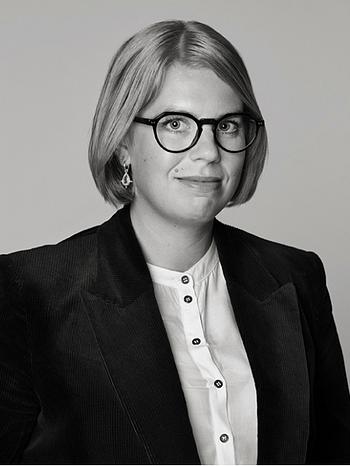Henri Hayden
"Nature morte à la pipe et à la cruche".
Signed Hayden and verso signed H. Hayden and dated I-1919. Canvas 61 x 38 cm. A certificate issued by the Comité Henri Hayden accompanies the work.
Alkuperä - Provenienssi
Danish private collection.
Muut tiedot
"I only absorbed Cubism in 1915, after having swallowed and digested all of French painting in a few years. This rapid absorption led me, in a spirit of creative synthesis, without even realizing, to Picasso and Braque's experimentation at the time" (Henri Hayden, Anisabelle Berés & Michel Arveiller, Au temps des cubistes 1910-1920, Paris, 2006, p.252).
'Nature morte à la pipe et à la cruche' was painted four years after Henri Hayden made the above statement, and the auction's composition is an excellent example of the artist's approach to Cubism. After training in Warsaw, the Polish-born Hayden traveled to Paris in 1907, where he remained for the rest of his life. Based on Cezanne's paintings, he joined the first Cubist movement, introduced by Picasso and Braque in 1908.
In 1915 Hayden moved to a studio on Boulevard Raspail on the Left Bank, near where Metzinger, Severini, and Picasso were living at the time, and he became closely associated with the artists of the Montparnasse group including Gris, Lipchitz, Jacob, Matisse and Cocteau. Lipchitz introduced him to Leonce Rosenberg, a staunch defender of Cubism, who recruited him to his gallery. Around this time, Hayden began painting his Natures Mortes, not unlike Picasso and Braque. It was not long before the pervasive creative spirit of Montparnasse infiltrated Hayden's work and he converted to Cubism with what André Salmon has commented as: "a considered enthusiasm, dissociating color from form and reducing objects to elliptical signs. Hayden adhered to Cubism, having already produced a great deal, to acquire a great deal of himself" (Salmon cited in Anisabelle Berès & Michel Arveiller, Au temps des cubistes 1910-1920, Paris, 2006, p. 252).
In the current painting, Hayden has playfully arranged everyday objects, such as a pipe and a jug, in a refined composition in an earthy color scheme.

















































